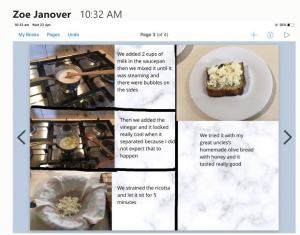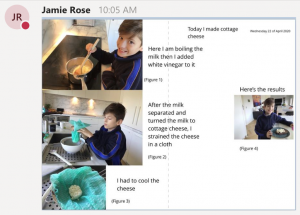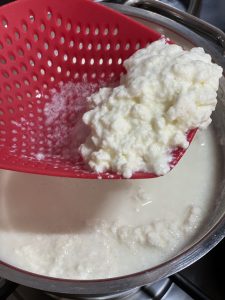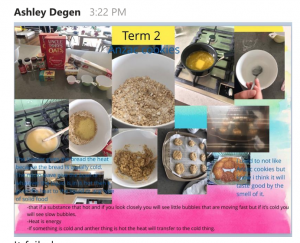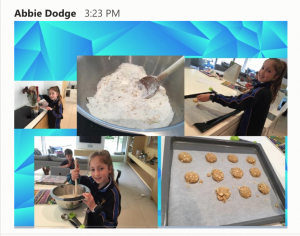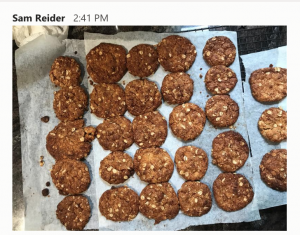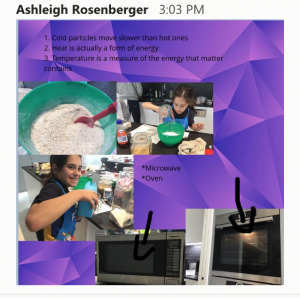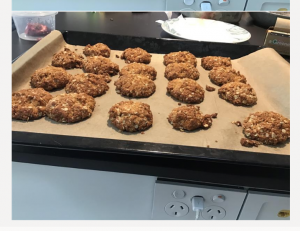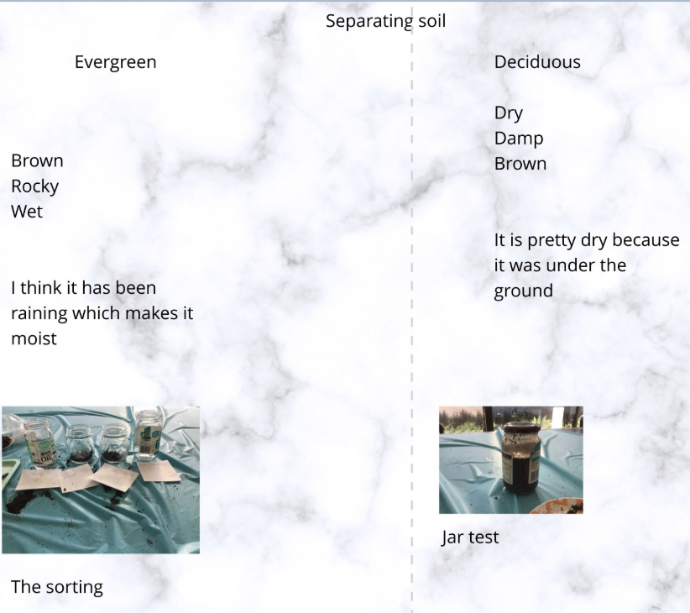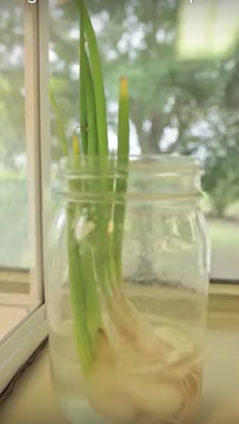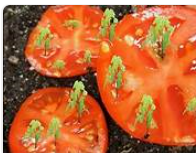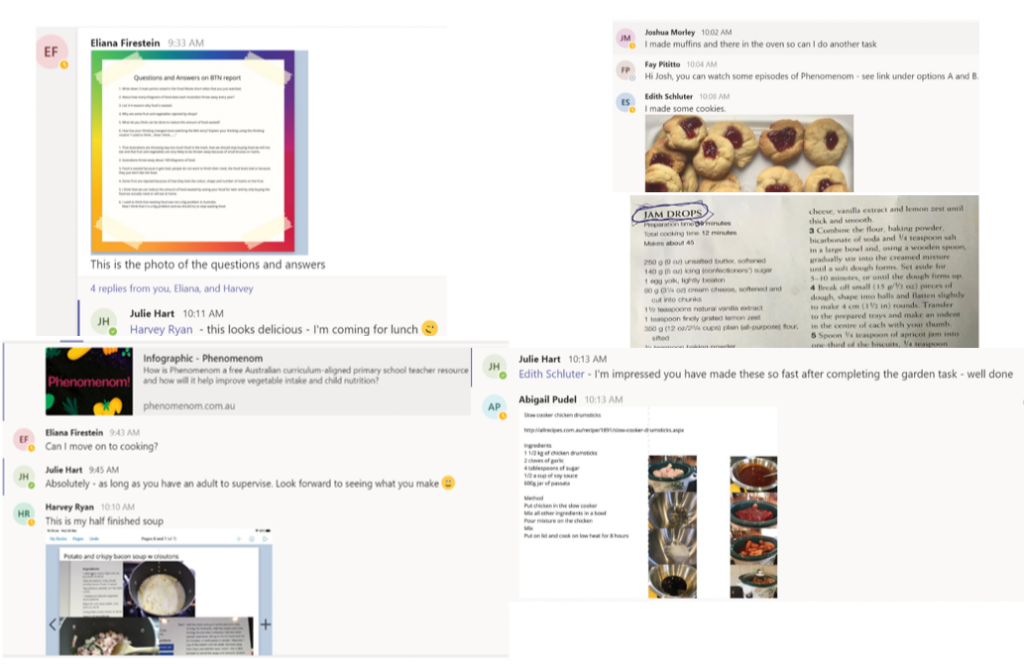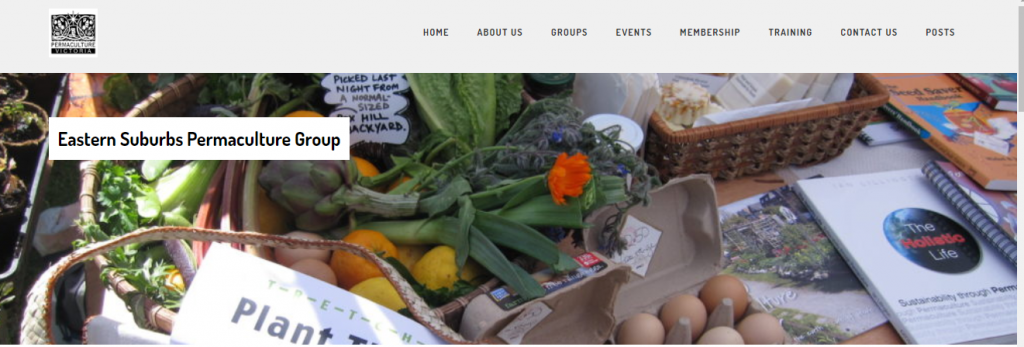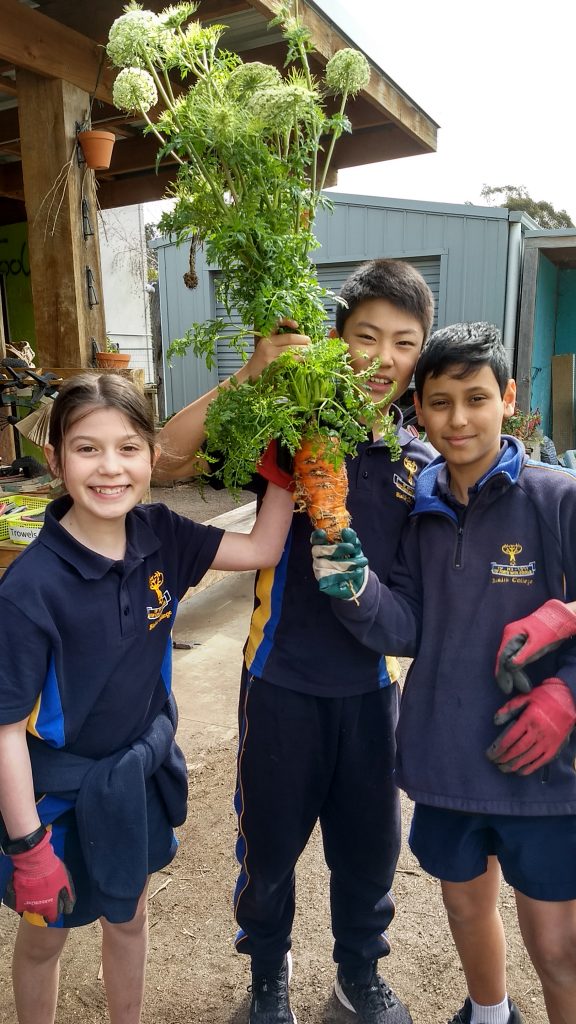The Year 2 students are cooking up a storm during digital learning!
https://www.youtube.com/watch?v=-tgGosGFsJk&feature=youtu.be
Way to go Year 2!!! That Egg and advocano on toast looks delicious and it VERY healthy with lots of essential fats and vitamins!
To Plant or Not To Plant
Bill Botanist has just received a collection of plant specimens in the mail. It is urgent that the specimens be planted as soon as possible because the world is counting on the oxygen that they will provide. Travel with Bill on an expedition to each of the world’s biomes to help him study his specimens. Your mission is to get each plant specimen planted in the best possible biome.
https://earthobservatory.nasa.gov/experiments/biome/plantindex.php
Year 5: Separation techniques and food preservation
The Year 5 Kitchen classes commenced Term 2 learning about the many different ways that mixtures can be separated in the kitchen and how these techniques can prevent food waste.
Separation techniques used in the Kitchen may involve physical separation (eg. Filtration using a strainer), or it can involve chemical separation using a catalyst, such as vinegar or lemon juice. Students learnt that catalysts are used to speed up a chemical reaction and the separation of a mixture.
For centuries, people have used such separation techniques to create cheese as a way of preserving and storing food for later. As you can see below, the Year 5 students thoroughly enjoyed making their own Homemade Ricotta cheese and were very surprised how quick and easy it was!
Year 4: Exploring Heat Transfer in the Kitchen
Soil Seperation Techniques
There are many different types of soil and poor soil quality means fruit and vegetables don’t grow well and must be thrown out as food waste.
Soils contain solids, liquids and gases. We physically separated solids into 4 groups – living, non-living, minerals and man-made. The second method is called decanting to separate the soil.



